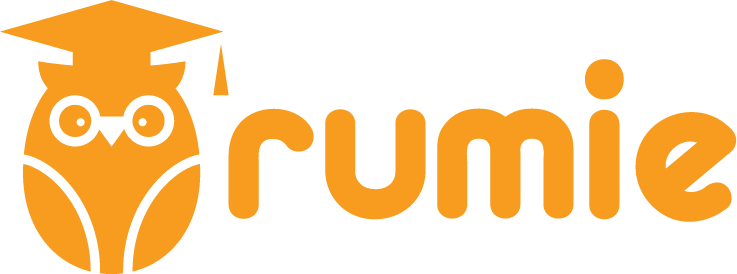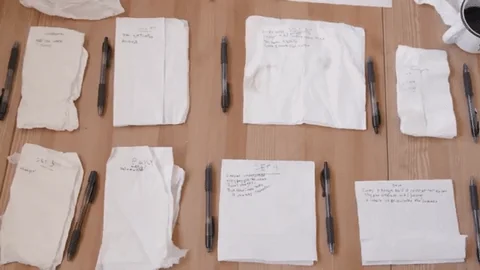
This logo isn't an ad or affiliate link. It's an organization that shares in our mission, and empowered the authors to share their insights in Byte form.
Rumie vets Bytes for compliance with our
Standards.
The organization is responsible for the completeness and reliability of the content.
Learn more
about how Rumie works with partners.
Few things can be as daunting in the workplace as a blank whiteboard for brainstorming.
Brainstorming in a group works best when everyone can bounce ideas off each other. But how can you make that collaboration happen?

Effective facilitation techniques to jumpstart conversations are key to making sure a brainstorming session gets off on the right foot.
1. Try Brainwriting
In a brainstorm session, people are often unsure about sharing half-formed ideas publicly. Instead, offer the idea of a brainwriting session.
Brainwriting is a facilitation technique where participants jot down a few ideas about the topic on a sticky note. Then, they place them up on a board and discuss. This helps generate ideas in a few ways:
People who might not want to speak up can have their voices heard
Other participants can expand on the ideas their coworkers wrote down

2. Play Around with Mindmapping
Have a creative group? Try starting a brainstorm sessionwith a central question or theme. Then, encourage participants to add on other thoughts or ideas.
 Photo by Niels Bosman on Unsplash
Photo by Niels Bosman on UnsplashThis facilitation technique is called a mindmap. Make it clear the goal isn't to solve anything just yet — mindmapping is all about getting down related ideas visually.
Once the map has been sufficiently filled out, then you can go back and look for themes or solutions!
Did you know?
One study found brainstorming doesn't just help teams solve problems for their company — it makes them more cohesive and builds stronger relationships!
3. Reverse Brainstorm for Success
In a regular brainstorm session, participants try to solve a problem. With reverse brainstorming, you ask your team to think about how to create a problem or make something worse. Then, see if you or your team comes up with any new ideas about how to solve it!

I know it sounds crazy, but trust me — reverse brainstorming is all about understanding the problem you're trying to solve. Really digging into the issue and why it occurs can help people find creative solutions.
Questions you can ask during a reverse brainstorm session include:
What would make this problem worse?
What definitely wouldn't work?
How could we cause this issue?
Quiz
Which of these is an example of a question that might be used in a reverse brainstorming session?
"How could we lower our profits?" is trying to understand the cause of a problem by seeing how you could make the issue worse.
Take Action
Using creative facilitation techniques effectively can help your team generate great ideas!
 Photo by Hugo Rocha on Unsplash
Photo by Hugo Rocha on Unsplash